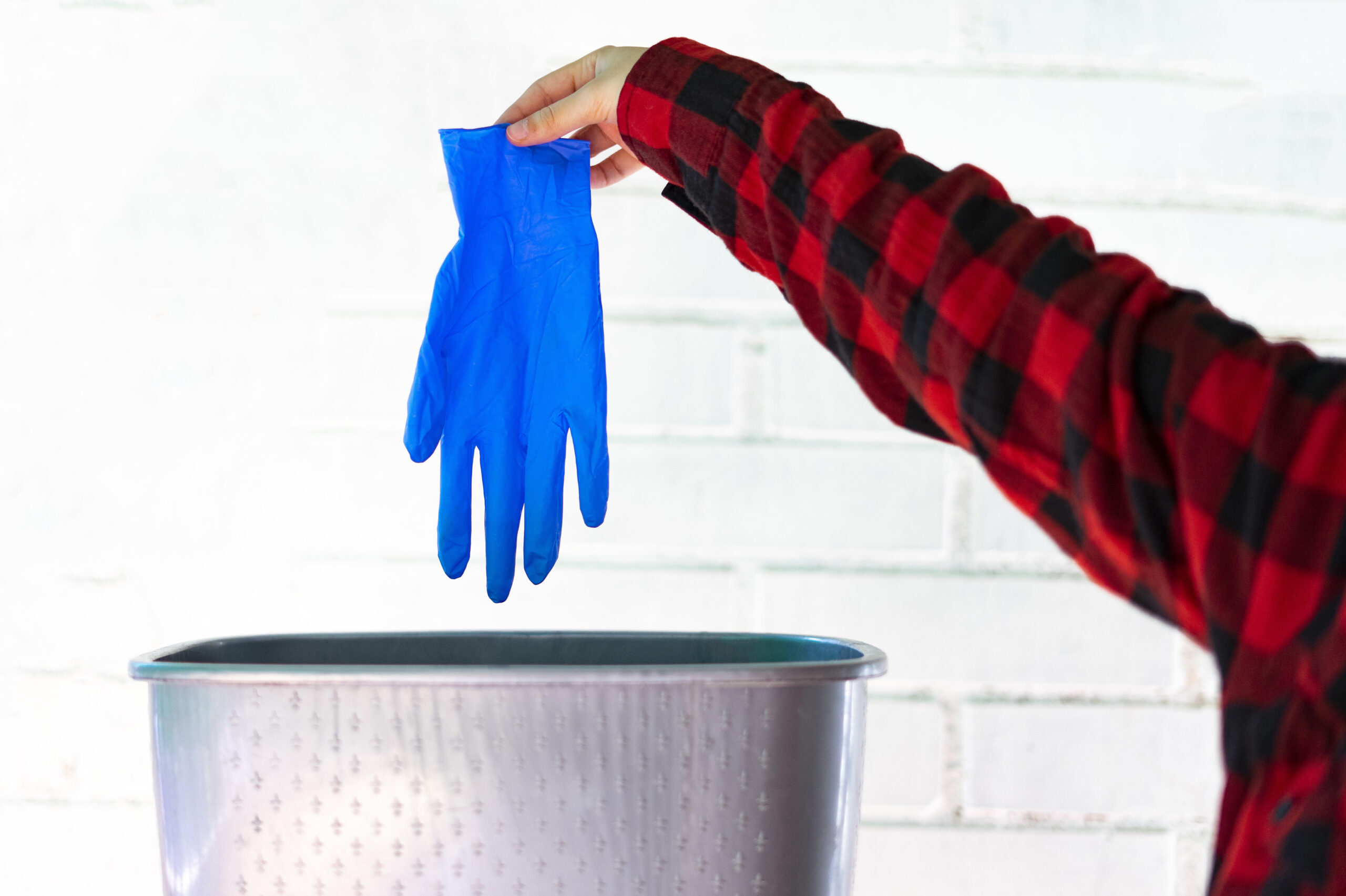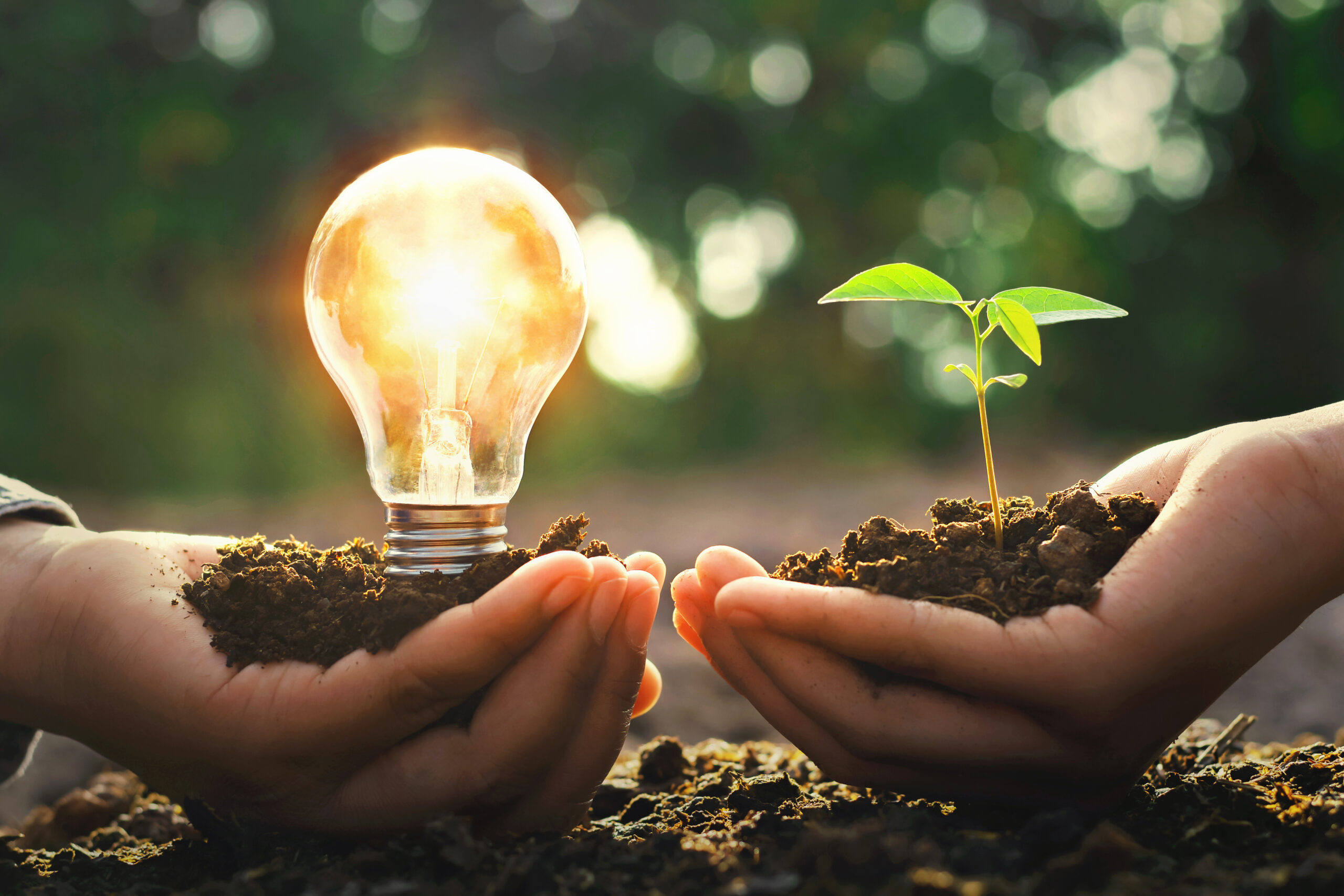Glove Intelligent Assistant
12.20.2022

As we have previously discussed topics like climate change, greenwashing, and sustainability day, we ought to discuss other terminology used to explain more conceptual frameworks of sustainable models of praxis. Thus, we will dissect the hierarchy of waste. Often when talking about environmentally conscious lifestyles, people mention zero waste as the net goal of waste management. It’s often advised we shouldn’t create more waste and live a lifestyle that can reuse every single raw material that we come into contact with. Now, there is a more holistic hierarchy of waste management in accordance with what’s best for the environment. Instead of the old, reduce, reuse, recycle, it’s been expanded to a ranking process, prioritizing waste prevention. This hierarchy has been codified by the European Union and the EPA (United States Environmental Protection Agency).
To dive in deeper, the hierarchy is typically visualized as a pyramid with five layers. The most preferred option ranks higher and the least preferred option is at the bottom. The first layer and most preferred outcome is prevention or reduction of waste. An obvious reason is if we prevent waste, ideally there will be a zero net value of waste. The goal is to reduce as much waste as possible, so there is less build up of waste as mass scale production in industries do not often start at zero waste. Just because a new company prioritizes reusing materials does not stop other companies from generating more waste nor does it delete the previous generation of waste. Preventing waste can be using fewer and unnecessary materials during design, manufacturing or packaging products. Specifically, using less single use items or single use raw materials. Another consideration is using the least amount of hazardous materials so there is little to no hazardous waste being created.

The second layer or tier is labeled as reuse. Reuse means utilizing raw materials that can be reused in their original form even after manufacturing your product. This reduces the amount of waste that goes towards landfills as well as reducing additional costs to dispose of specialty waste or in buying new virgin materials. Then the third layer or tier is recycling; a very familiar concept. This involves the process of turning materials that would usually go to the landfill into new raw materials or products. While this may be considered environmentally friendly on the surface, it’s actually third best due to the high cost of recycling materials – both in energy and monetary resources. Specific materials require specific and proper recycling infrastructure. Oftentimes recycling processes may even produce hazardous byproducts. An example would be the creation of microplastics in the recycling of plastic waste. Last of all, consumers need to agree that the end result of recycling is worth the incentive to purchase the recycled product.
The fourth layer is recovery. Recovery is the step after recycling. When it is no longer possible to further recycle the product, businesses can recover energy or other materials through various processes. For example there is incineration, anaerobic digestion (bacteria breaking down the material without oxygen), gasification, pyrolysis (decomposition through high temperatures), or composting. The terminology for these processes is often called waste to energy (WtE). The methodology of waste to energy offsets the reliance on fossil fuel, reducing our carbon emissions. The last and fifth layer is disposal. When there is no other option to reuse, recycle, or recover any materials that can be used, the waste will be moved to a landfill or incinerated without recouping energy. Landfills are still the most popular form of waste disposal but they are well-engineered facilities monitored to ensure they follow all state and federal regulations. This is vastly different compared to open dumping, which does not follow state or federal regulations.
And where do SW and SW products fall under the waste hierarchy?
Our company prioritizes waste prevention above all else. We minimize using hazardous accelerants in our glove formulas and manufacturing processes. Not only does this generate less hazardous waste but it also lowers the contact dermatitis potential of our gloves. SW has also developed branded technology, EcoTek. This product has been tested per ASTM D5526*.
*EcoTek gloves tested to ASTM D5526-12 Standard Test Method for Determining Anaerobic Biodegradation of Plastic Materials Under Accelerated Landfill Conditions. Results are 92.6% biodegradation in 60% solids landfill at 945 days. Future results cannot be predicted/extrapolated. If you need more information on the test reports, send email to cs@swssglobal.com.